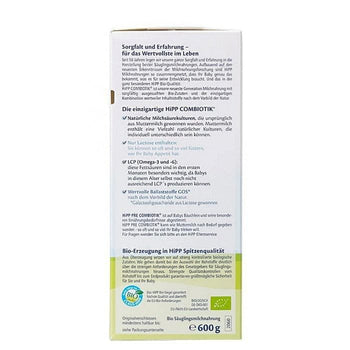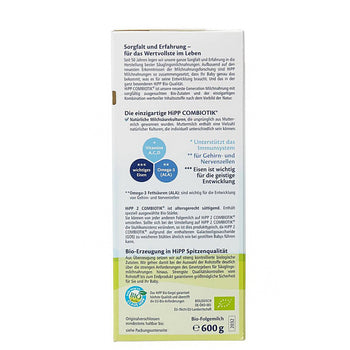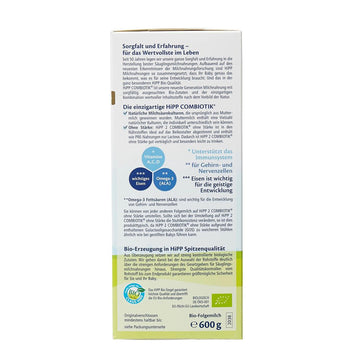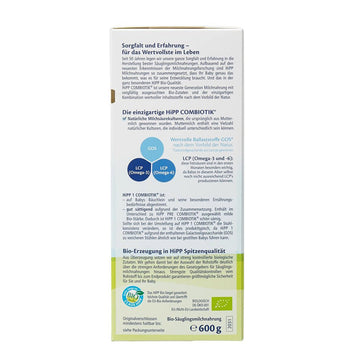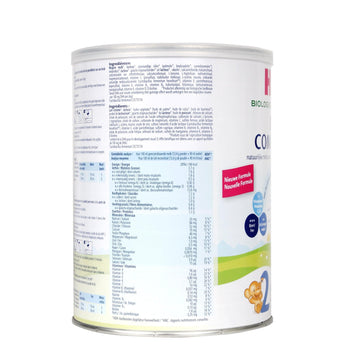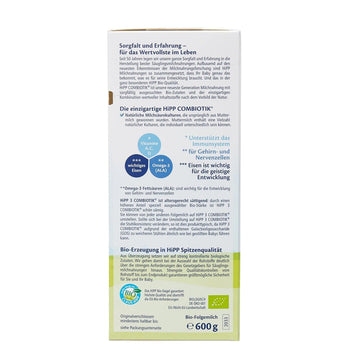Making the switch to a new baby formula can be a big decision, especially when considering your baby’s comfort and nutritional needs. If you're thinking about transitioning to NannyCare Formula, you’re not alone. Many parents choose NannyCare for its high-quality ingredients and gentle digestion benefits. To ensure a smooth transition, follow these practical tips and best practices.
Why Choose NannyCare Formula?
NannyCare Formula is made from premium goat milk, which offers several benefits over traditional cow’s milk-based formulas. Some key reasons why parents switch to NannyCare include:
● Easier Digestion – Goat milk proteins form smaller, softer curds in the stomach, making digestion easier for babies.
● Nutrient-Rich – Packed with essential vitamins and minerals, it supports healthy growth and development.
● Gentler on the Stomach – Many babies with mild sensitivities to cow’s milk formulas find relief with NannyCare.
● No Unnecessary Additives – Free from palm oil, starch, and unnecessary synthetic additives, making it a cleaner formula choice.
If you're considering making the switch, check out NannyCare Formula here.
Signs Your Baby Might Benefit from NannyCare Formula
Wondering if it's time to transition? Here are a few common signs:
● Frequent digestive discomfort (gas, bloating, constipation)
● Reflux or colic symptoms
● Fussiness or restlessness after feedings
● A pediatrician’s recommendation for an alternative formula
● Parental preference for goat milk over cow’s milk
Step-by-Step Guide to Transitioning
Switching formulas should be done gradually to minimize any digestive upset. Here’s how:
1. Gradual Introduction
● Begin by mixing 25% NannyCare Formula with 75% of your baby’s current formula for the first two days.
● Slowly increase the ratio to 50/50 on days three and four.
● Move to 75% NannyCare and 25% of the old formula on days five and six.
● By day seven, transition fully to NannyCare Formula.
2. Monitor Your Baby’s Reaction
● Observe stool changes—slight variations are normal but excessive diarrhea or constipation may require adjustments.
● Watch for discomfort, excessive gas, or any allergic reactions.
● Track appetite and energy levels to ensure a positive transition.
3. Maintain a Proper Feeding Schedule
● Stick to your baby’s usual feeding routine to avoid unnecessary disruptions.
● Ensure proper hydration, especially during the switch.
● If your baby rejects the new formula initially, try warming it slightly or offering smaller amounts more frequently.
Common Challenges and Solutions
Switching formulas isn’t always seamless. Here are some common issues and how to address them:
● Mild digestive changes: Stool texture or frequency may shift temporarily—this usually resolves in a few days.
● Formula rejection: If your baby refuses the new taste, persist with gradual mixing to allow adaptation.
● Possible allergies: While NannyCare is gentler than cow’s milk, it’s not hypoallergenic. If you notice rash, vomiting, or excessive discomfort, consult your pediatrician immediately.
Frequently Asked Questions About NannyCare Formula
- Can I switch to NannyCare Formula cold turkey?
Ans: While some babies adjust quickly, a gradual transition is best to avoid digestive discomfort.
- How long before I see improvements in digestion?
Ans: Most babies adjust within a week, but it may take up to two weeks for full adaptation.
- What if my baby refuses the new formula?
Ans: Try warming the formula, offering it in smaller amounts, or mixing it with the previous formula in a bottle to help with acceptance.
- Can I mix NannyCare Formula with breastmilk?
Ans: Yes! You can supplement breastfeeding with NannyCare Formula by introducing it gradually.
Final Thoughts
Transitioning to NannyCare Formula can be a great choice for babies needing a gentler alternative to cow’s milk-based formulas. With a careful approach and patience, your little one will adjust smoothly, reaping the benefits of a high-quality, nutrient-rich formula. If you're ready to make the switch, check out NannyCare Formula here today!















